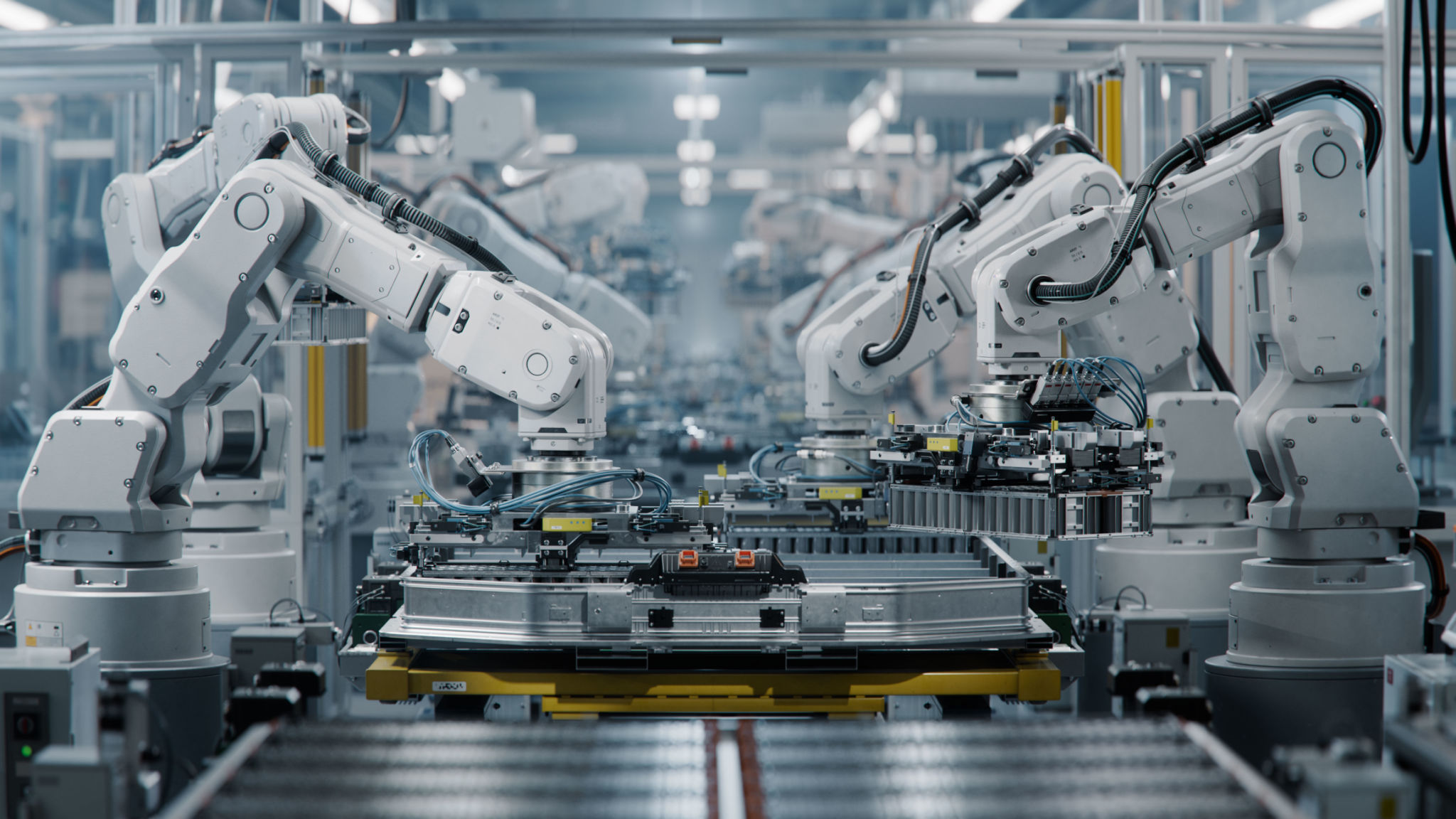A Complete Guide to IIoT Integration Services for Factories
RŞ
Understanding IIoT Integration Services
The Industrial Internet of Things (IIoT) is revolutionizing the way factories operate by connecting machines, systems, and people. IIoT integration services are crucial for factories aiming to enhance productivity, reduce downtime, and streamline operations. By effectively integrating IIoT technology, factories can harness the power of data to drive informed decision-making and optimize processes.
IIoT integration involves connecting various industrial devices to the internet, enabling data exchange and communication. This transformation facilitates real-time monitoring, predictive maintenance, and improved supply chain management. The integration process requires careful planning and execution to ensure seamless connectivity and data flow.

Key Benefits of IIoT Integration
Embracing IIoT integration services offers a multitude of benefits for factories. One of the most significant advantages is the ability to perform predictive maintenance. By analyzing data from sensors and machines, factories can anticipate equipment failures and schedule maintenance before breakdowns occur, reducing costly downtime.
Additionally, IIoT integration enhances operational efficiency by providing real-time insights into production processes. Factories can optimize resource utilization, reduce waste, and improve product quality. Furthermore, enhanced data analytics allow for better demand forecasting and inventory management, leading to cost savings and increased profitability.

Steps to Implement IIoT Integration
Implementing IIoT integration services involves several key steps. Firstly, it is essential to assess the existing infrastructure and identify areas for improvement. This assessment helps determine the necessary upgrades or additions required for effective IIoT integration.
Next, selecting the appropriate IIoT platform is crucial. A robust platform should support seamless data collection, storage, and analysis. It should also enable easy integration with existing systems and offer scalability for future expansion.
- Conduct infrastructure assessment
- Select an appropriate IIoT platform
- Implement connectivity solutions
- Ensure data security
Ensuring Data Security in IIoT
Data security is a critical concern in IIoT integration. Factories must implement robust cybersecurity measures to protect sensitive information from cyber threats. This includes using encryption protocols, secure network configurations, and regular security audits to safeguard data integrity.
Moreover, employee training on cybersecurity best practices is vital to prevent unauthorized access and ensure compliance with industry regulations. By prioritizing data security, factories can build trust with stakeholders and maintain a secure operational environment.

Challenges in IIoT Integration
While IIoT integration offers numerous benefits, it also presents certain challenges. One of the primary challenges is the complexity of integrating diverse systems and technologies. Ensuring compatibility and interoperability between legacy systems and new IIoT solutions can be daunting but essential for seamless operations.
Another challenge is managing the vast amount of data generated by connected devices. Factories need efficient data management strategies to store, analyze, and utilize data effectively. Leveraging cloud-based solutions can help manage data storage and processing needs while providing scalability.

The Future of IIoT in Manufacturing
The future of manufacturing is closely tied to the advancements in IIoT technology. As more factories embrace digital transformation, IIoT will continue to drive innovation and efficiency across industries. Emerging technologies such as artificial intelligence (AI) and machine learning (ML) will further enhance the capabilities of IIoT systems.
In conclusion, integrating IIoT into factory operations is a strategic move that offers significant advantages. By understanding the integration process, addressing challenges, and prioritizing security, factories can unlock new levels of productivity and success in the digital age.